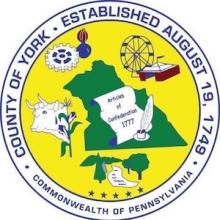Shoring Up the Unserved in Talbot County, Maryland
In the heart of Maryland's Eastern Shore – a place Forbes Magazine considers one of the “Top 5 Coolest Towns to Buy A Vacation Home” – a fiber-to-the-home project is making the region an even cooler place to live.
Building on its historical allure and 600 miles of Chesapeake Bay waterfront views, state, county and local utility officials are making a multimillion-dollar investment to transform Talbot County’s half dozen towns (and a handful of other unincorporated communities) 40 miles east of Annapolis into a far more attractive place to live, work, and play. To do that, they are relying on Easton Utilities, the county’s seat long-standing municipal utility, to expand high-speed Internet access into the most rural reaches of the region.

In March, the Talbot County Council unanimously approved allocating $1.75 million of its American Rescue Plan Act funds to help bring fiber Internet connectivity to the hardest-to-reach parts of the county. That funding comes on the heels of Easton Utilities being awarded federal and state grant funds totaling $26 million, with the bulk of that going toward a fiber network expansion project known as Connect Talbot, while a portion is being used to upgrade its existing hybrid fiber-coax system.
With construction crews now working to extend Easton Utilities fiber backbone further out into the county, the utilities’ subsidiary – Easton Velocity – is already offering service to over 100 new subscribers.




